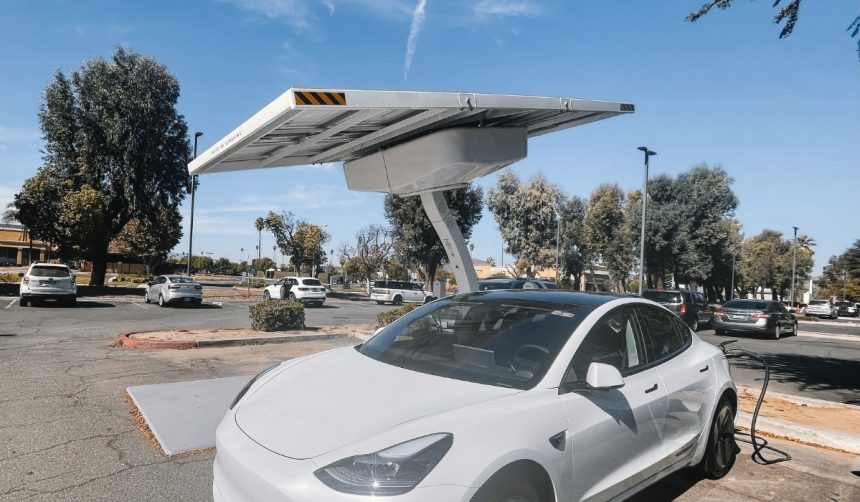Tesla is implementing a new system aimed at reducing wait times and conflicts at its Supercharger stations. This initiative comes as electric vehicle (EV) usage continues to rise, putting additional strain on existing charging infrastructure. By addressing these challenges, Tesla seeks to enhance the overall charging experience for its expanding customer base.
Supercharger congestion has become noticeable in densely populated regions, leading to extended wait periods for drivers. This issue is particularly prevalent in areas with a high concentration of Tesla vehicles, where the demand for charging exceeds the available supply. The introduction of a virtual queuing system is expected to mitigate these delays.
How Will the Virtual Queue Operate?
The new virtual queuing pilot will allow drivers to reserve their spot in line remotely, ensuring an orderly and efficient charging process. Tesla plans to roll out this feature in the second quarter at selected Supercharger locations.
“Virtual queuing pilots starting in Q2 at select sites. Goal is a net customer experience improvement for the ~1% cases of a wait time. Wider rollout this year if feedback is positive. We also continue to expand the network 20%+ year-over-year, closely tracking site-level demand,”
a Tesla representative stated.
What Impact Will Network Expansion Have?
In addition to the virtual queue, Tesla is accelerating the expansion of its Supercharger network by over 20% annually. This growth aims to distribute charging resources more evenly, thereby reducing congestion at popular stations. Despite these efforts, the increasing adoption of EVs poses ongoing challenges for infrastructure scalability.
How Will Third-Party EVs Affect Supercharger Usage?
Tesla’s decision to allow EVs from other manufacturers to access Superchargers further complicates the issue. Integrating non-Tesla vehicles into the virtual queue system will require seamless communication between different vehicle platforms. While the company has not yet provided detailed plans, it is anticipated that this move will necessitate significant technological advancements.
Expanding the Supercharger network alongside implementing virtual queuing represents a dual approach to addressing current and future charging demands. Historical attempts to manage Supercharger congestion through infrastructure growth have shown positive trends, yet the addition of third-party EVs introduces new variables that Tesla must navigate. Balancing network expansion with innovative queue management will be crucial for maintaining service quality.
Ensuring efficient access to Superchargers is essential as the EV market grows. Tesla’s proactive strategies aim to prevent potential frustrations among drivers, fostering a more reliable and user-friendly charging environment. Continuous monitoring and adaptation will be necessary to keep up with evolving demands and technological integrations.
Future developments in Tesla’s Supercharger services will likely focus on optimizing both the physical and digital aspects of charging infrastructure. Providing a seamless experience for all users, regardless of vehicle brand, will be key to sustaining Tesla’s leadership in the EV industry. Practical solutions like virtual queuing, combined with network expansion, offer a balanced approach to managing increased demand.










